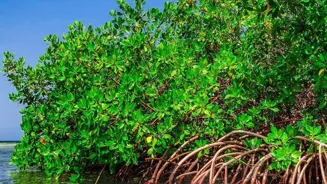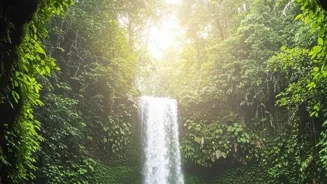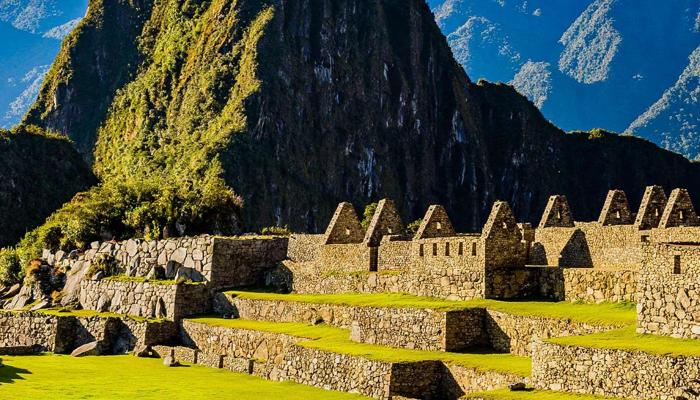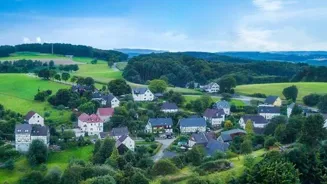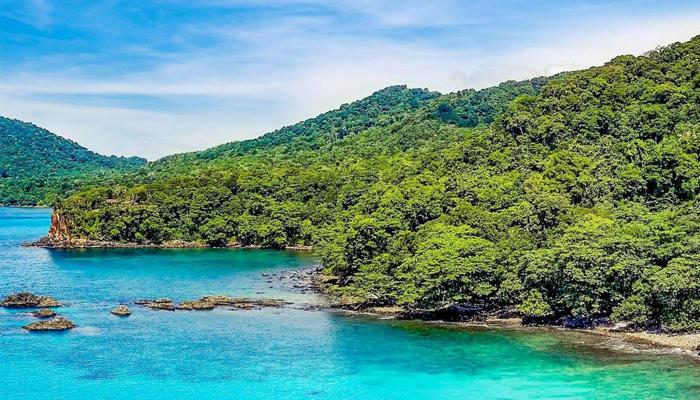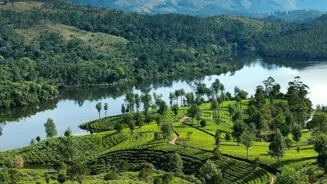Uncover the wonders of Sunderbans: 5 conservation efforts vital for its survival! Explore now
Kolkata, West Bengal – The Sunderbans, a UNESCO World Heritage site, is the world's largest mangrove forest,
straddling India and Bangladesh.
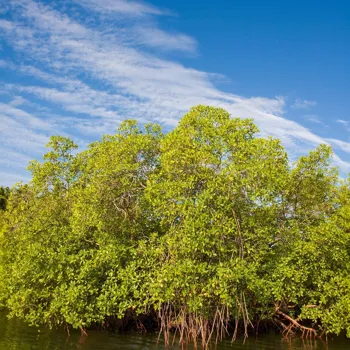
This unique ecosystem is not just a biodiversity hotspot, home to the majestic Royal Bengal tiger and countless other species, but also a crucial shield against cyclones and rising sea levels for millions of people living in the surrounding areas.
However, the Sunderbans faces immense pressure from climate change, deforestation, and human encroachment. Fortunately, several dedicated organizations are working tirelessly to protect this precious ecosystem.
Here, we bring you five incredible mangrove conservation efforts in the Sunderbans that deserve your support.
The Sunderbans, a mystical maze of tidal waterways and mangrove islands, is more than just a scenic beauty; it's a vital lifeline.
These dense mangrove forests act as natural barriers, absorbing the impact of cyclones and storm surges that frequently batter the Bay of Bengal. They also prevent coastal erosion, safeguarding agricultural lands and human settlements.
Furthermore, the mangroves provide a nursery for countless fish and crustaceans, supporting the livelihoods of local fishing communities. The Sunderbans is also a significant carbon sink, absorbing and storing atmospheric carbon dioxide, which helps in mitigating climate change.
But this precious ecosystem is under threat. Rising sea levels are inundating mangrove areas, while illegal logging for firewood and timber continues to degrade the forest. Overfishing depletes fish stocks, impacting the delicate balance of the ecosystem.
The good news is that dedicated individuals and organizations are stepping up to protect the Sunderbans, and their efforts need our support.
The Sunderban Biosphere Reserve and its Community-Based Conservation Programs: Managed by the Government of West Bengal's Forest Department, the Sunderban Biosphere Reserve implements a range of community-based conservation programs. These initiatives focus on empowering local communities to become active participants in protecting the mangroves. These programmes involve providing training to villagers on sustainable livelihoods, such as organic farming, honey production, and eco-tourism. This helps to reduce their dependence on forest resources and incentivizes them to protect the mangroves. They also conduct awareness campaigns to educate villagers about the importance of mangrove conservation and the negative impacts of deforestation and overfishing. By engaging local communities, the Biosphere Reserve ensures the long-term sustainability of its conservation efforts. This approach is very critical for saving the Sunderbans
The focus of the Biosphere Reserve extends to research and monitoring. Scientists constantly monitor mangrove health, water quality, and wildlife populations to understand the impacts of climate change and human activities.
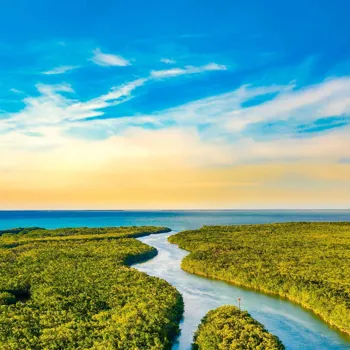
This data is then used to inform conservation strategies and adapt them as needed. The Sunderban Biosphere Reserve recognizes that the future of the mangroves depends on the active participation and ownership of the local communities. The Reserve develops the Eco-tourism strategies too.
This means tourists go to remote areas; local communities run the programme and tourists get close to nature and learn more about nature. The Government runs the programme and focuses on saving the forest and eco system.
WWF-India's Sunderbans Program: World Wide Fund for Nature (WWF)-India has been working in the Sunderbans for several decades, focusing on a holistic approach to conservation. Their program encompasses mangrove restoration, tiger conservation, and sustainable livelihoods for local communities. WWF actively engages with villagers to promote sustainable fishing practices and reduce human-wildlife conflict. They also provide training on alternative income-generating activities, such as handicrafts and tailoring, to reduce dependence on forest resources. WWF-India's mangrove restoration efforts involve planting mangrove saplings in degraded areas and promoting natural regeneration. They work closely with local communities to select appropriate mangrove species and ensure the success of these initiatives. Community participation is the core of their success
WWF also focuses on protecting the Royal Bengal tiger, a keystone species in the Sunderbans ecosystem. They conduct regular tiger surveys, monitor their movements, and work with local communities to reduce poaching and human-wildlife conflict.
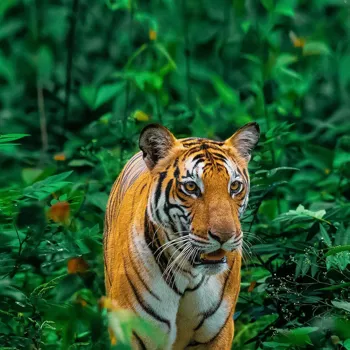
WWF also supports anti-poaching patrols and provides compensation to families who have suffered losses due to tiger attacks. Another important aspect of WWF-India's work is promoting sustainable tourism in the Sunderbans.
They train local guides and promote eco-friendly tourism practices that benefit both the environment and the local communities.
Nature Environment & Wildlife Society (NEWS): NEWS is an NGO dedicated to conserving the biodiversity and natural resources of the Sunderbans. They focus on community-based conservation, research, and environmental education. NEWS works with local communities to promote sustainable agriculture practices, reduce the use of pesticides, and conserve water resources. They also conduct workshops and training programs to educate villagers about the importance of biodiversity conservation and the impacts of climate change. NEWS actively involves students and teachers in environmental education programs. They organize nature camps, field trips, and workshops to raise awareness about the Sunderbans ecosystem and the need for its protection. The involvement of youth in the conservation efforts is seen as a critical step in long term success.
NEWS also conducts research on the biodiversity of the Sunderbans, including studies on mangrove species, fish populations, and bird migration patterns. This research helps to inform conservation strategies and monitor the health of the ecosystem.
The NGO also works on restoring degraded mangrove areas by planting saplings and promoting natural regeneration. They also play a role in advocating for policies that protect the Sunderbans and its biodiversity.
They also engage with government officials and policy makers to promote sustainable development practices in the region.
Sunderbans Social Development Centre (SSDC): SSDC is an organization working to improve the socio-economic conditions of the people living in the Sunderbans while also promoting environmental conservation. Their programs focus on providing access to education, healthcare, and livelihood opportunities. SSDC runs schools and vocational training centers in remote villages, providing education and skills training to children and adults. They also organize health camps and provide access to clean drinking water and sanitation facilities. SSDC promotes sustainable agriculture practices, such as organic farming and water harvesting, to improve the livelihoods of farmers and reduce their dependence on forest resources.
Their community-based conservation efforts include mangrove plantation drives and awareness campaigns to educate villagers about the importance of protecting the environment.
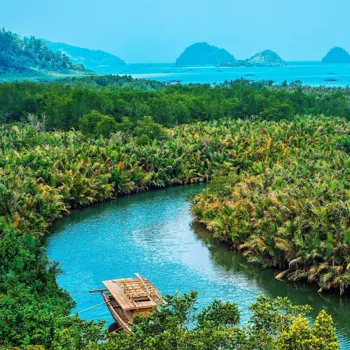
SSDC also supports local communities in developing eco-tourism initiatives, generating income and promoting sustainable development. The community is at the center of everything they do. This ensures everyone is helping to save the natural resources for the future.
Bonbibi Conservation Society: Named after the local deity revered by forest dwellers, this organization focuses on empowering women in the Sunderbans to become active participants in conservation. They provides training to women on various income-generating activities such as tailoring, handicrafts, and mushroom cultivation. This helps them to become financially independent and reduce their dependence on forest resources. BCS also organizes self-help groups for women, empowering them to collectively address social and economic issues in their communities.
The Bonbibi Conservation Society encourages women to actively participate in mangrove protection and they also conduct awareness campaigns for village's people
How Can You Help?
Supporting these organizations is crucial.
You can contribute through donations, volunteering your time, or simply spreading awareness about their work. Every small action counts in protecting this invaluable ecosystem for future generations.
By supporting these initiatives, you are not only safeguarding the natural beauty and biodiversity of the Sunderbans but also helping to improve the lives of the communities who depend on it. Donate what you can!
